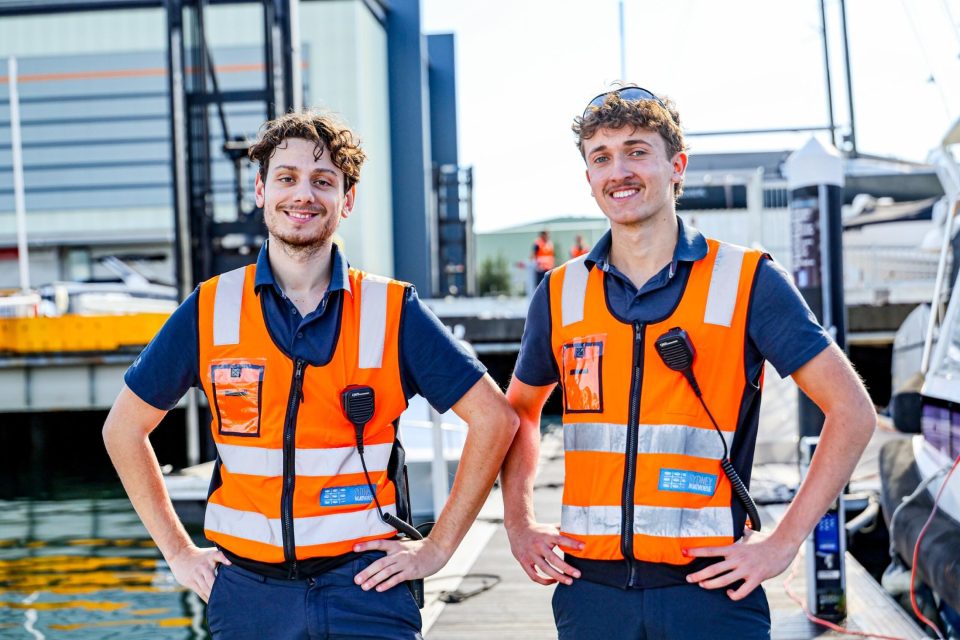
A 2025 review by Kearney, Hisel, and Staley explored whether Toolbox Talks (TBTs) make a real difference to safety. The answer? Yes, but only when they’re relevant, engaging, and delivered well.
What Are Toolbox Talks?
Toolbox Talks are short, focused safety briefings typically held before a shift or task. For crews working around marinas, vessels, or docks, these talks might include reminders about PPE, safe mooring practices, slip hazards, or emergency procedures during poor weather. They help reinforce safe behaviour and ensure that everyone is on the same page before work begins.
What the Research Found:
The scoping review looked at 14 U.S.-based studies between 2000 and 2024. Key takeaways included:
- 79% showed improved safety knowledge and awareness
- TBTs influenced how people think about safety, not just what they know
- Real improvements in behaviours like PPE use and safety communication
- Some studies found shifts in team culture and reduced incident risks
Challenges in Practice
Despite the benefits, TBTs don’t always hit the mark. The review highlighted several challenges:
- Experienced workers sometimes disengage, seeing talks as repetitive
- Crew leaders or operational staff may lack training in facilitation
- Language barriers and cultural differences can limit understanding
- Transient workforces make consistent messaging difficult
- Time pressures can lead to rushed or skipped talks
Practical Applications
Operators can use TBTs to address both safety and operational updates. Useful topics include:
- Contractor inductions and refresher briefings
- Introduction to new equipment or procedures
- Updates to site access, traffic flow, or hazard controls
- Follow-up on past incidents or near misses
- Reinforcing examples of good safety behaviour
- Sharing learnings from similar worksites or seasonal challenges
Why It Matters
Adults learn best when information is practical and directly relevant. A well-delivered Toolbox Talk goes beyond instruction; it encourages shared responsibility, reinforces expectations, and supports a positive safety culture.
Final Thoughts
Toolbox Talks work. But they only work when we make them count by making them specific, structured, and engaging. In dynamic work environments, they can serve as one of the most effective tools we have to prepare teams, manage risks, and keep people safe.
Reference: Kearney, G. D., Hisel, J., & Staley, J. A. (2025). Effectiveness of Toolbox Talks as a Workplace Safety Intervention in the United States: A Scoping Review. Safety, 11(2), 35. https://doi.org/10.3390/safety11020035
